On the hunt for the perfect picture
Capturing the perfect wildlife picture can be an exciting and rewarding challenge. All the skills needed to hunt a particular animal are equally as valuable to the wildlife photographer.
Although photographs are inedible, they can be just as rewarding as the meal had at the end of a successful fishing trip or hunt. It's a similar feeling to capture an animal on film as compared to harvesting one. Like hunting, the goals you set for yourself should drive you to do what you had previously believed to be impossible. As with most things in life, the more challenging a goal you set for yourself, the bigger the reward at the end of its completion. For example, try photographing the birds you commonly see in your feeder, afield. I bet you will feel more rewarded, and value the photos over ones that took less work.


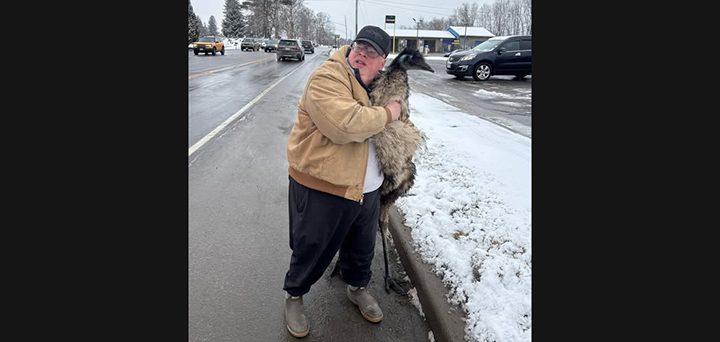
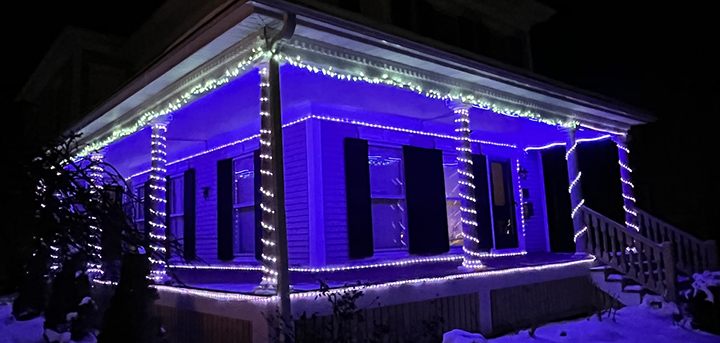
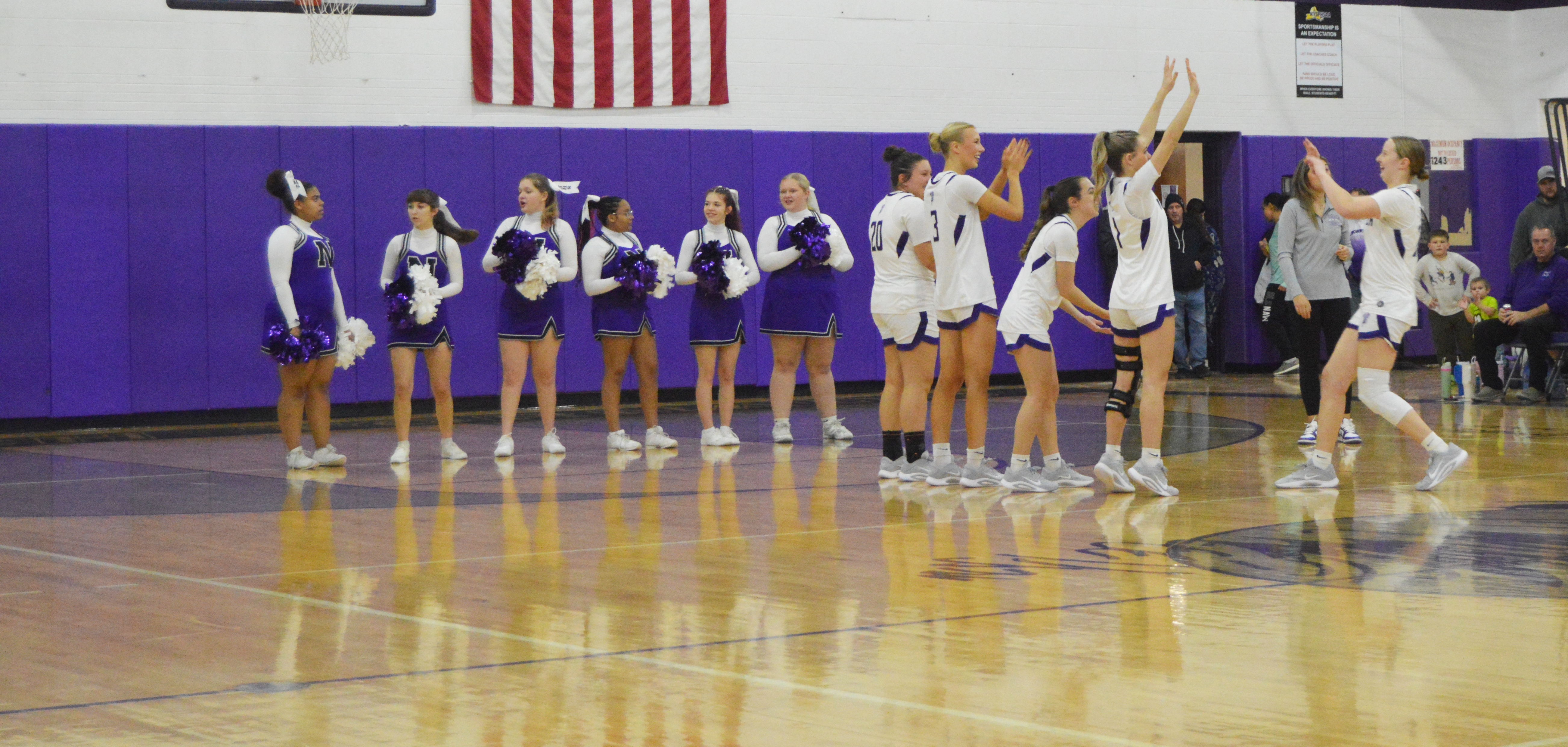
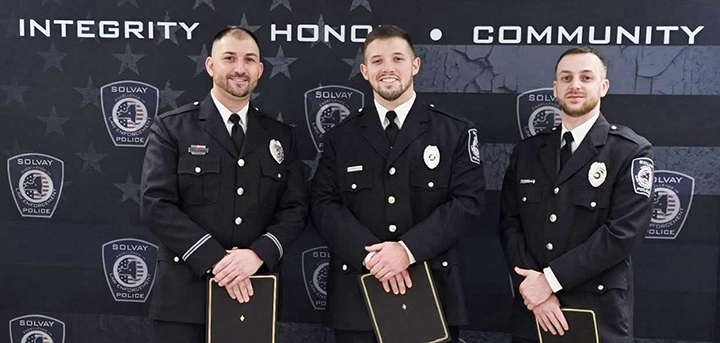
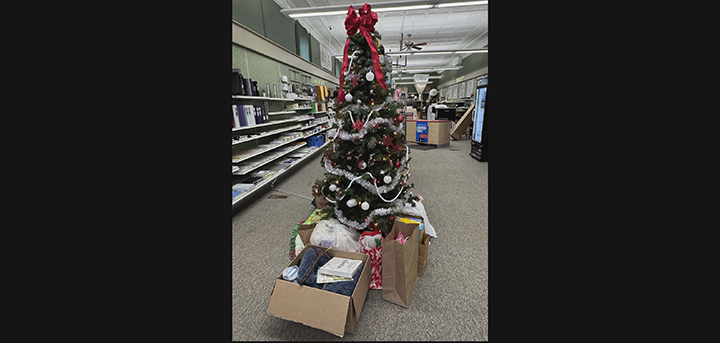
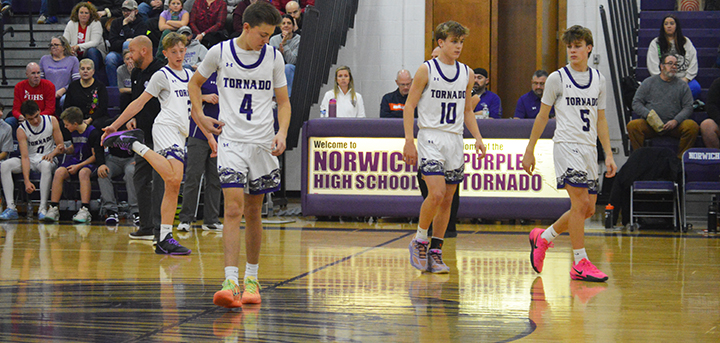
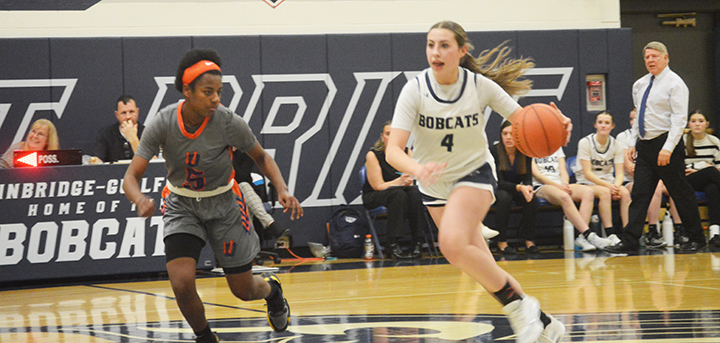

Comments